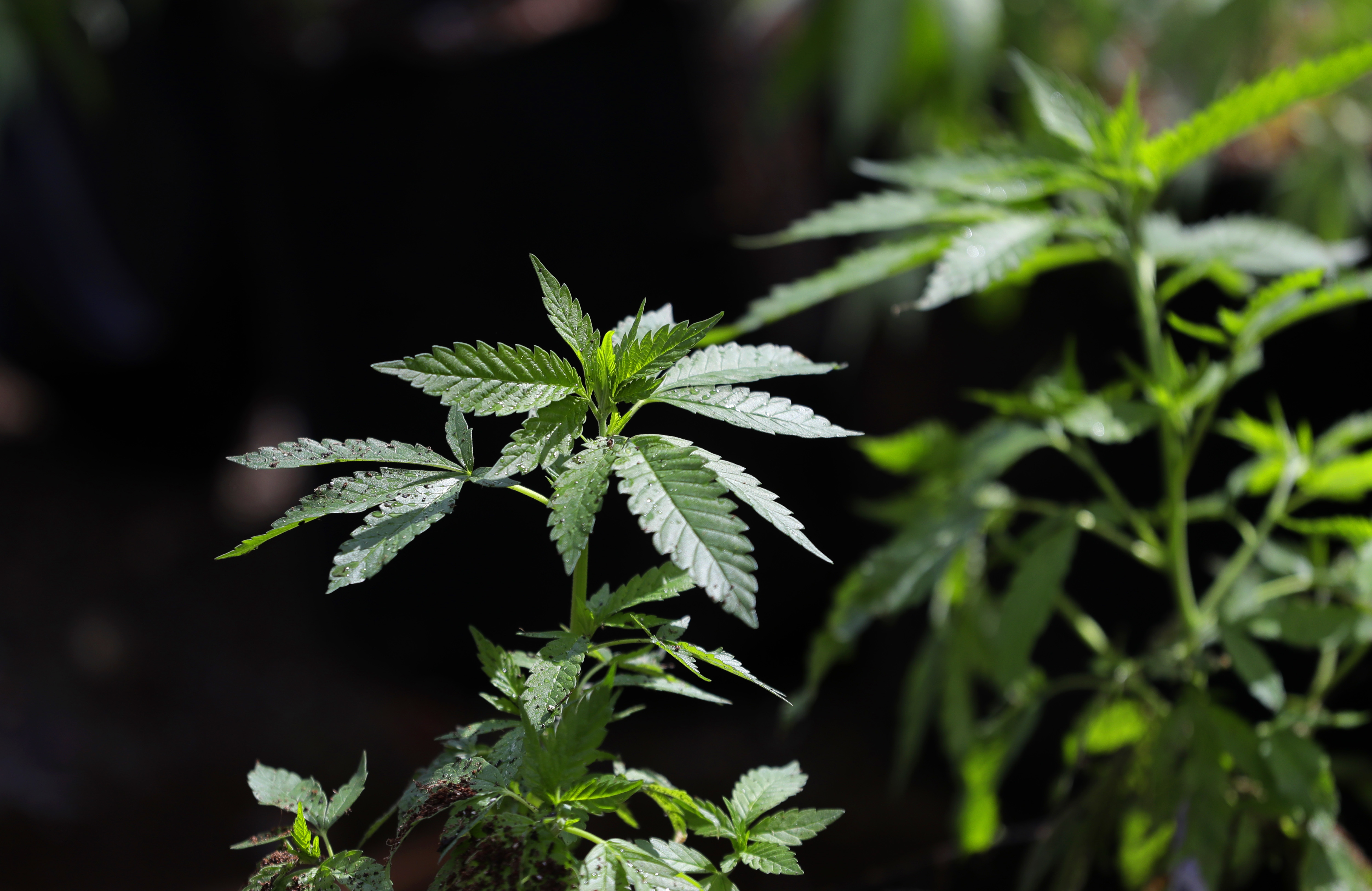The key to fighting the most common drug-resistant superbug may have just been found — in nose germs.
The superbug, MRSA, is a drug-resistant strain of Staph aureus, and it's bad news. It infects 80,000 people in the U.S. every year, leading to 11,000 deaths. The Centers for Disease Control and Prevention considers it a serious threat. It also tends to strike places like hospitals and nursing homes.
We bring it to those places in our noses. Staph aureus bacteria are naturally found up the nostrils of about 30 percent of adults, a few of whom have the drug-resistant strain.
Scientists in Germany wanted to know what's up with the other 70 percent, so they went gold digging and found a bacteria that makes a new antibiotic that can kill MRSA.
SEE MORE: Why Are There So Few New Antibiotics?
Since resistance to antibiotics is one of those apocalyptic threats scientists keep warning us about, and the discovery of new ones is getting pretty rare, a new way to fight MRSA is exciting. But there's more good news.
The new antibiotic doesn't even come close to explaining the 70 percent of us who don't carry Staph aureus. That means there are still more secrets to discover up our noses.
This video includes images and clips from the National Institutes of Health, the Centers for Disease Control and Prevention and Getty Images. Music provided courtesy of APM Music.











